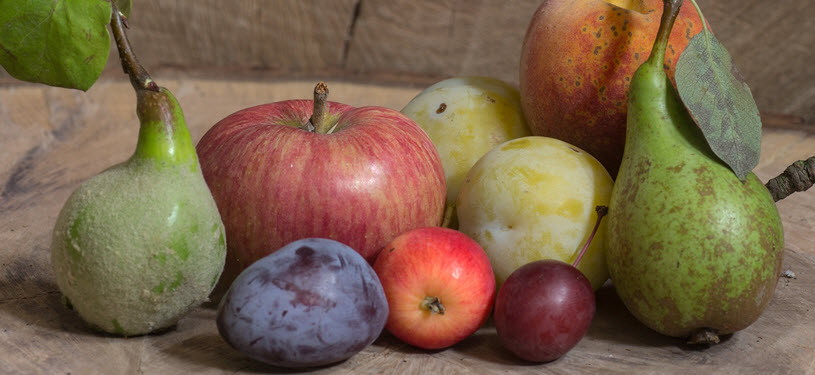
The word brandy is derived from the Dutch – “brandewijn” – “burnt wine”, a simplistic description of the boiling of wine in the distillation process. Brandy is an agricultural spirit, distilled from (fruit) wine – fermented juice without skins, stems or residual pulp.
Grapes are the defacto standard fruit for brandy but many types of fruits including apples, peaches, plums, pears, or cherries can be used. If the fruit is anything other than grape, it must be marked on the label.
Brandy is frequently aged in oak casks that help mellow the flavor and adds additional aromas and flavor from the wood itself. Brandy that is aged less than two years is called ‘immature’ or unaged brandy and an age statement is required on the label. Brandy that is aged over two years is considered ‘mature’ and may or may not contain an age statement on the label.
Some brandies, are aged using the solera system, where the producer changes the barrel each year. After a period of aging, which depends on the style, class and legal requirements, the mature brandy is mixed with distilled water to reduce alcohol concentration and bottled. The final brandy is generally reduced to 70 – 120 proof.
Many countries have their own version of brandy that come from a specific geographic location like Cognac that comes from the Cognac region of France or Armagnac that comes from the Armagnac region in Gascony, southwest France.
Stay Informed: Sign up here for the Distillery Trail free email newsletter and be the first to get all the latest news, trends, job listings and events in your inbox.
Here is the full TTB description of Brandy.
[table “” not found /]Resource: TTB Chapter 4, Class and Type Designation
Sufficient as class and type designation ONLY for Grape Brandy Brandy made by blending two or more specific types of brandies must be identified as “Brandy” followed by the percentage of (determined on a proof gallon basis) and name of each specific type of brandy, e.g., “Brandy, 25% Dried Pear Brandy, 75% Lees Brandy” Percentages are not required if the brandy is derived from: --2 specific types of brandies and neither contributes less than 40% of the alcohol on a proof gallon basis --3 specific types of brandies and each contributes at least 30% of the alcohol on a proof gallon basis --4 specific types of brandies and each contributes at least 20% of the alcohol on a proof gallon basis Fruit Brandy derived from two or more fruits must be identified as “Fruit Brandy” followed by the percentage of (determined on a proof gallon basis) and name of each fruit from which the brandy was made, e.g., “Fruit Brandy, 30% Apple Brandy, 70% Cherry Brandy” Percentages are not required if the Fruit Brandy is derived from: --2 fruits and neither contributes less than 40% of the alcohol on a proof gallon basis --3 fruits and each contributes at least 30% of the alcohol on a proof gallon basis --4 fruits and each contributes at least 20% of the alcohol on a proof gallon basis See footnote 7; these provisions also apply to Dried Fruit Brandy 1 Sufficient as class and type designation. For Sambuca produced outside of Italy, the class and type designation “Sambuca” must include the word “type” or “American” or other adjective indicating the true place of production
Please help to support Distillery Trail. Like us on Facebook and Follow us on Twitter.




